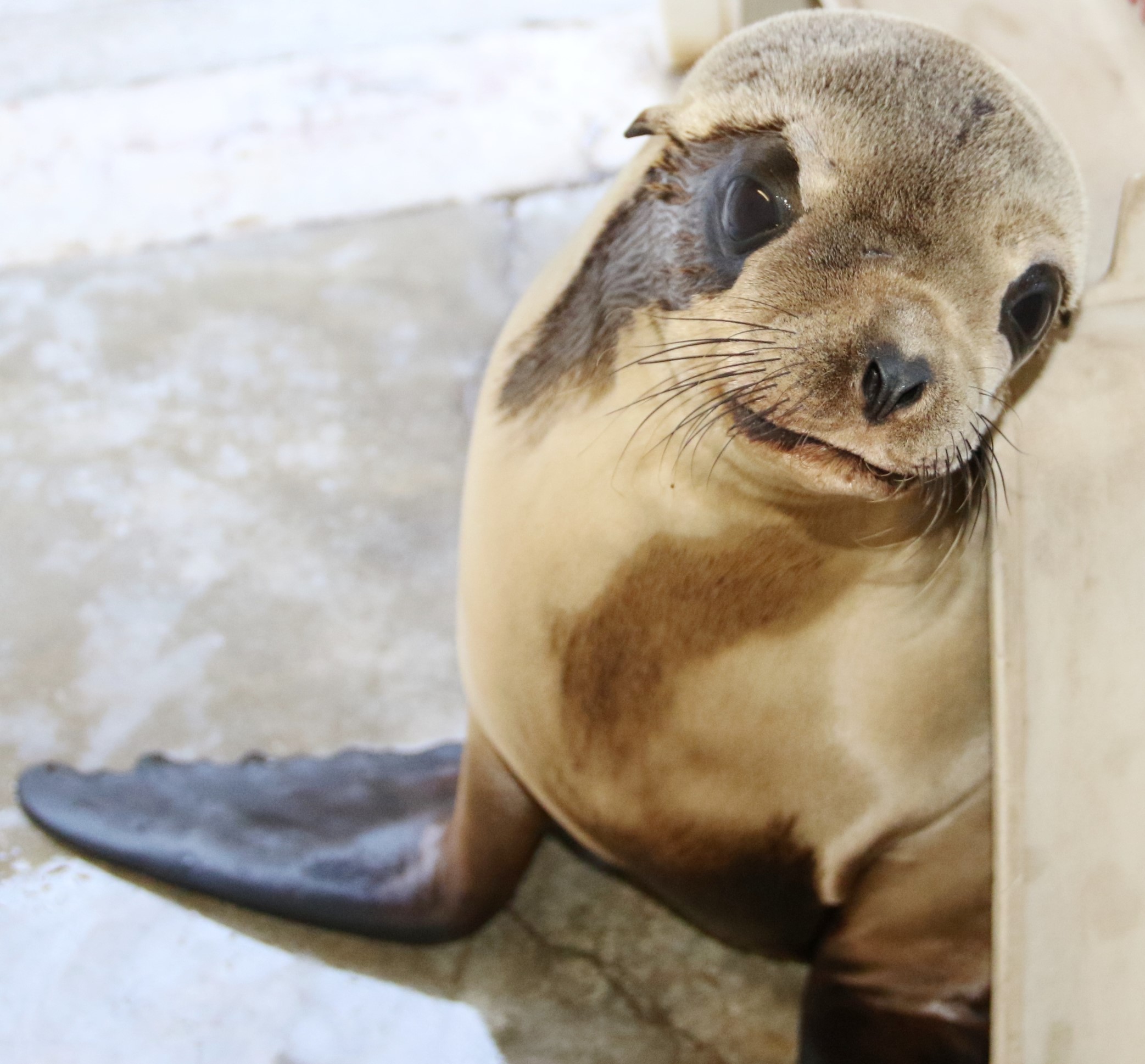|
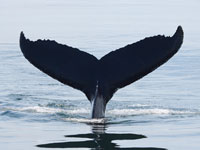     
|
In 1972, Congress passed the Marine Mammal Protection Act (MMPA). This act prevents the harassment, capture, injury and killing of all species of whales, dolphins, seals, sea lions, walruses, manatees, dugongs, sea otters, and polar bears. Through this act, many marine mammal lives have been saved thanks to efforts of the National Marine Fisheries Service (NMFS) and the U.S. Fish and Wildlife Service (FWS). Together, these two governmental agencies oversee the enforcement of the Marine Mammal Protection Act to help protect wild populations and our ocean ecosystems from detrimental interactions with humans.
Let’s celebrate the grace and beauty of marine mammals and give thanks to the Marine Mammal Protection Act and its advocates for protecting these magnificent animals for 40 years!
Do your part to help keep all wild animals safe by always observing them from a safe distance, never approaching a wild animal or trying to feed them.Visit a local zoo or aquarium to learn more about these fascinating creatures and find tips to help protect our environment.
Together, we can help keep the ocean ecosystem balanced, marine mammal populations abundant in the wild and promote a curiosity and sense of wonderment in our oceans for our future generations to enjoy!
Watchable Wildlife Tips
-
Leave no trace. It’s important to leave the environment as you found it or in a more pristine state than what you encounter. Be sure to dispose of your waste properly when out on a hike, exploring in a forest or walking along the beach. Better yet, lend a hand and pick up stray litter to help protect wildlife.
-
Keep your distance. Always view wildlife from a safe distance. Do not disturb animals, approach or try to feed them. Wild animals can be unpredictable and protective of their young and shelter. Use binoculars to view wild animals without disrupting their natural way of life.
-
Stay away from wildlife that looks sick or injured. If you come across a sick or injured animal, do not try to help the animal yourself. Instead, call your local animal shelter or wildlife rescue and rehabilitation center and give them details about the animal. These trained professionals will be able to provide care in a safe setting to help the injured animal.
|
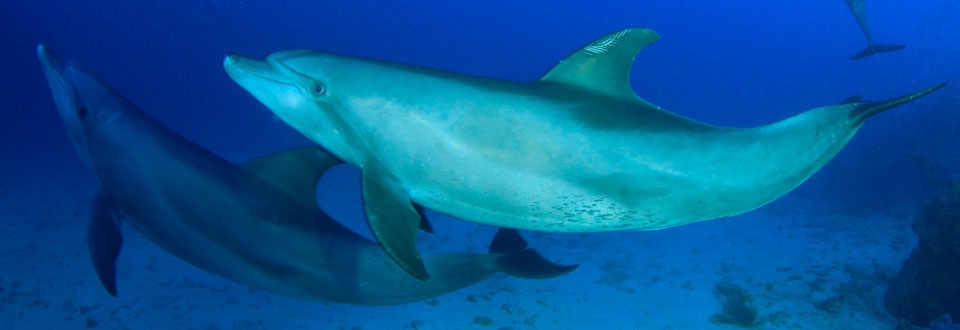
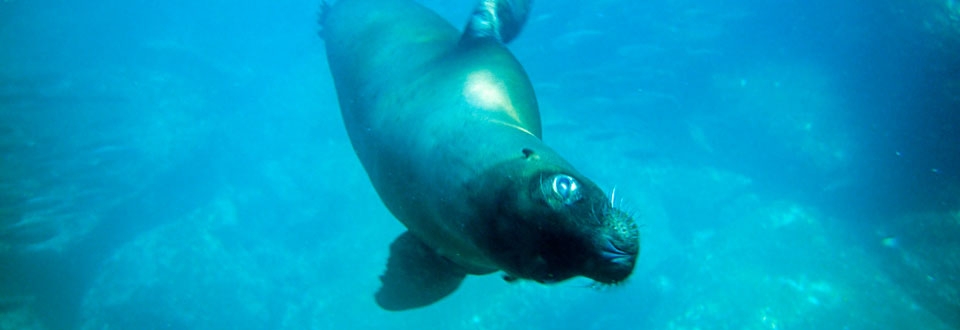
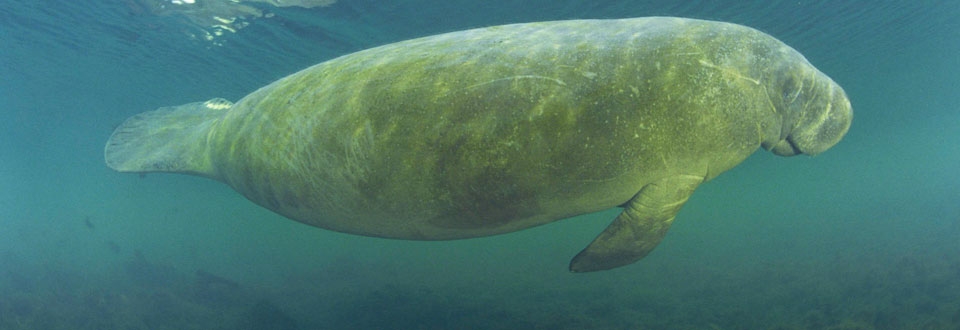
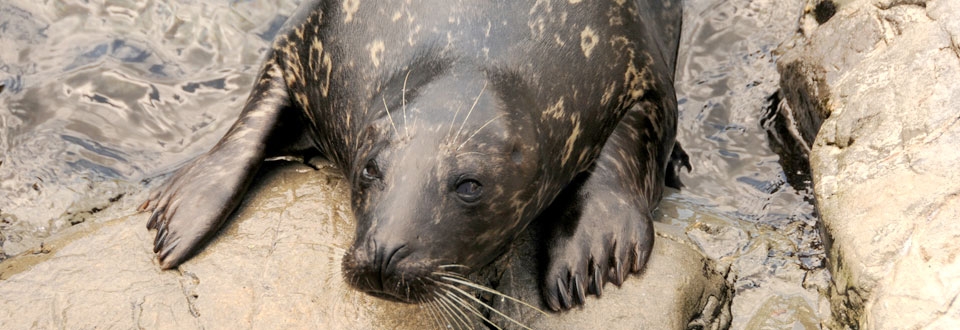
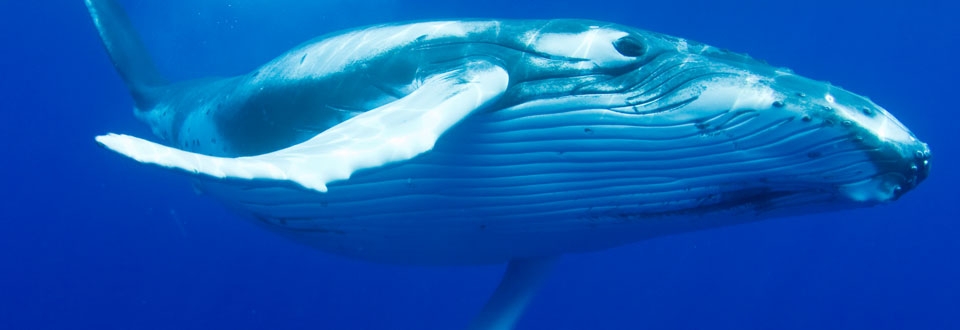
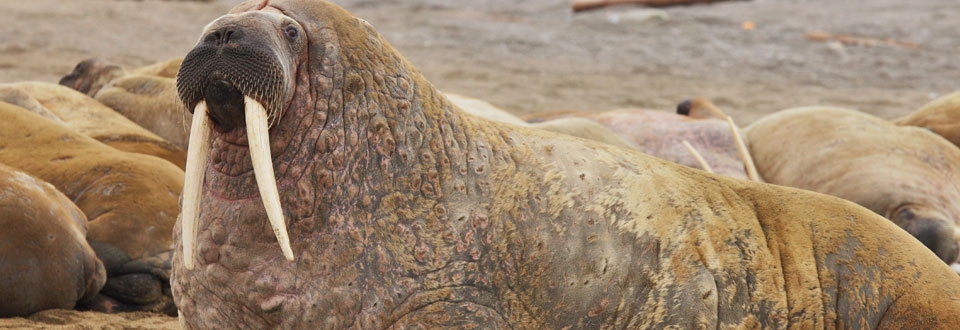
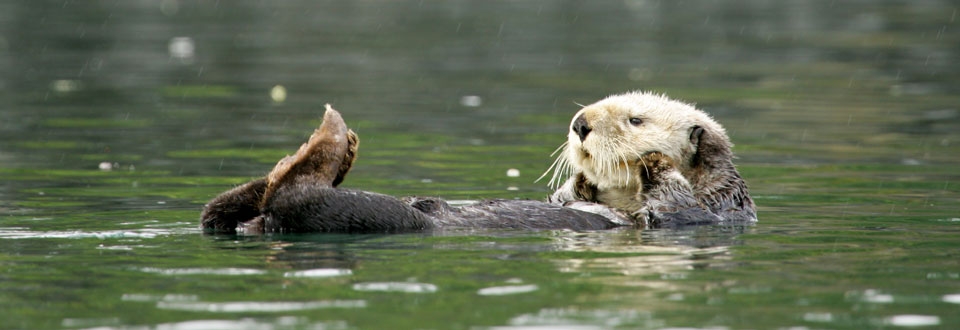
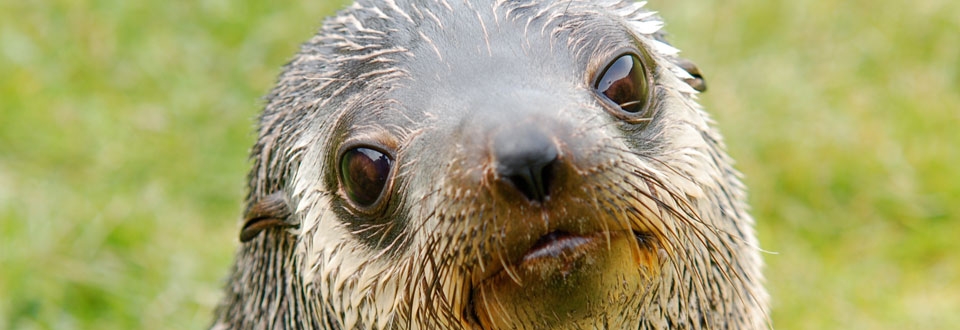
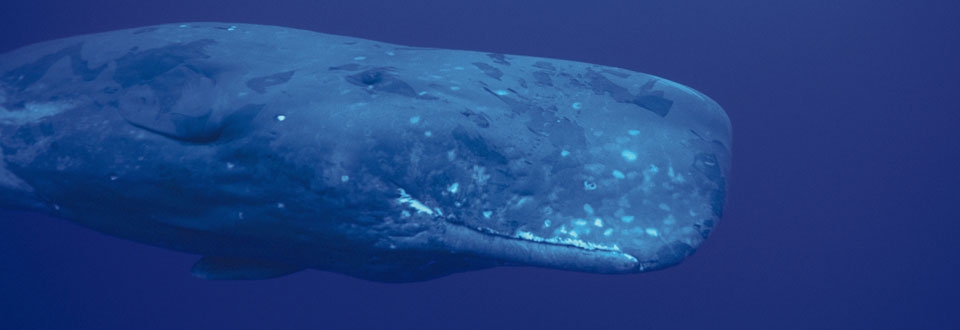
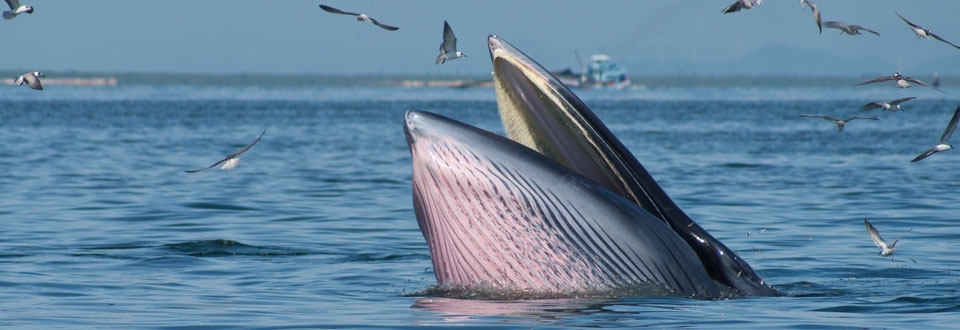
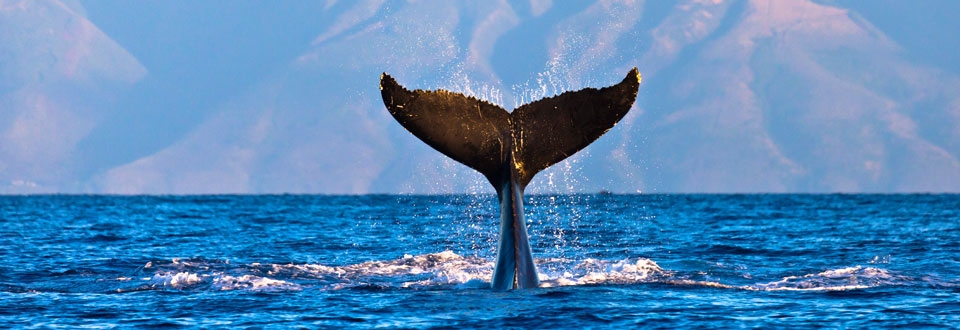




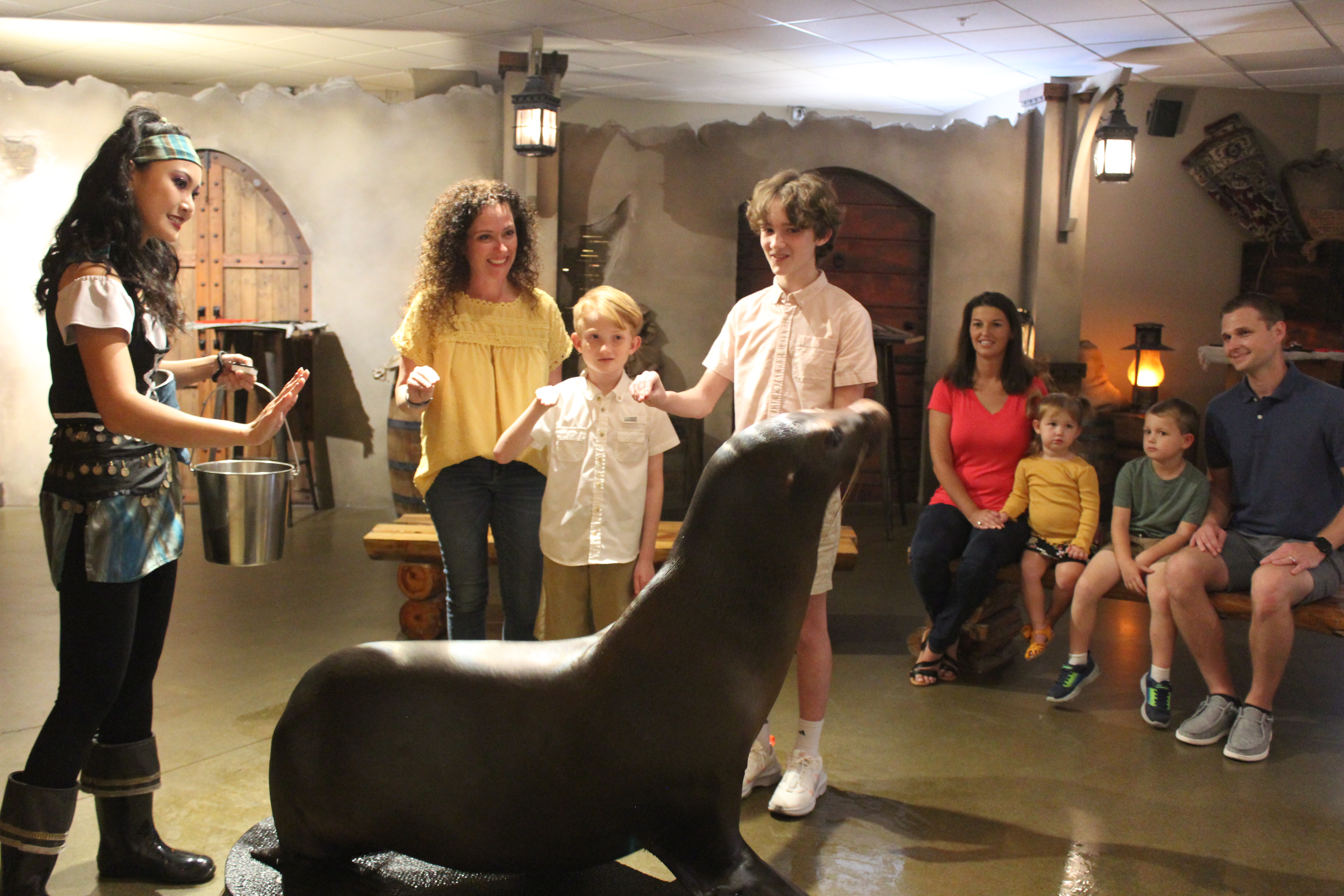 Animal Encounter
Animal Encounter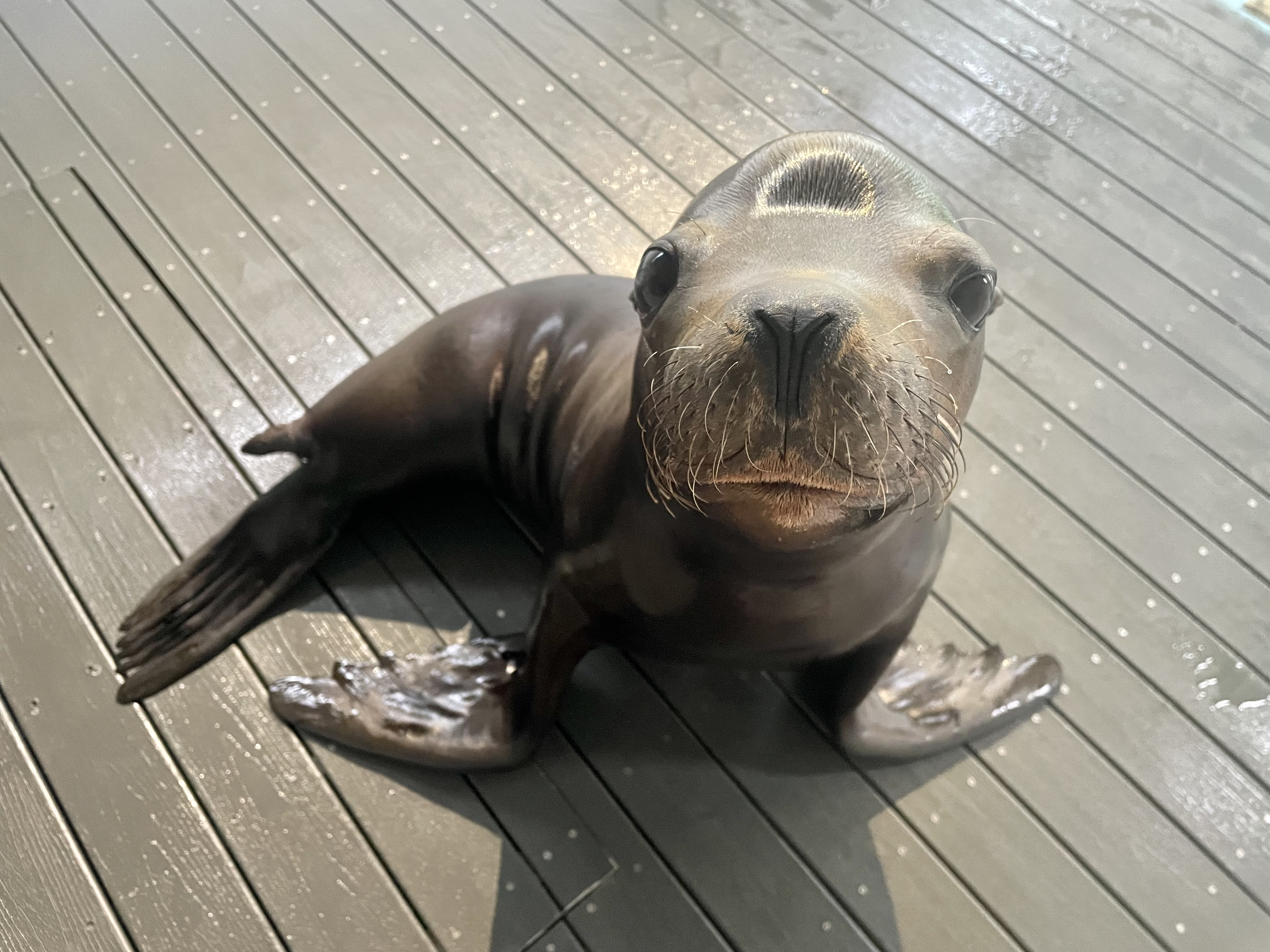 Our Locations
Our Locations
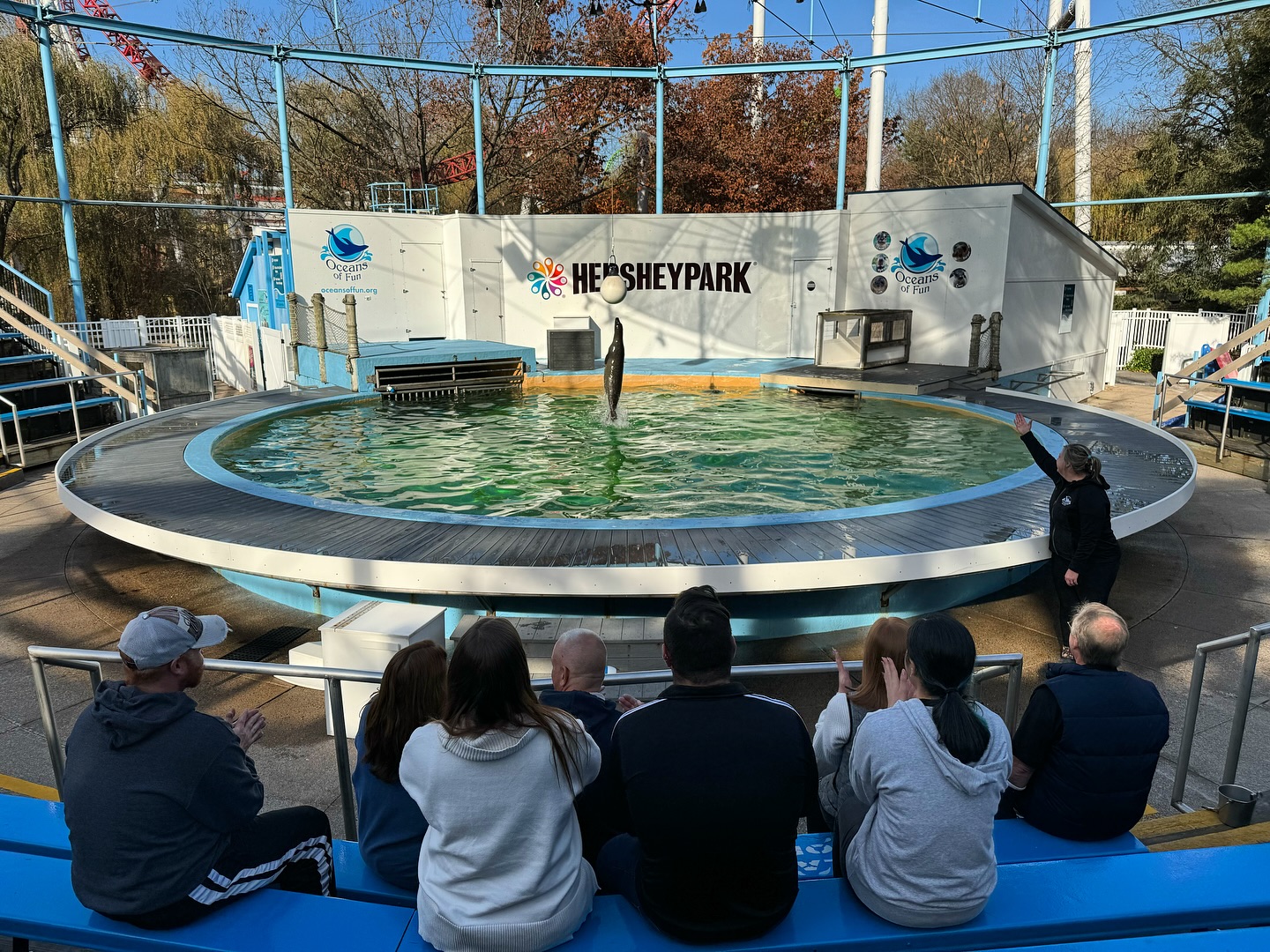 Family Fun
Family Fun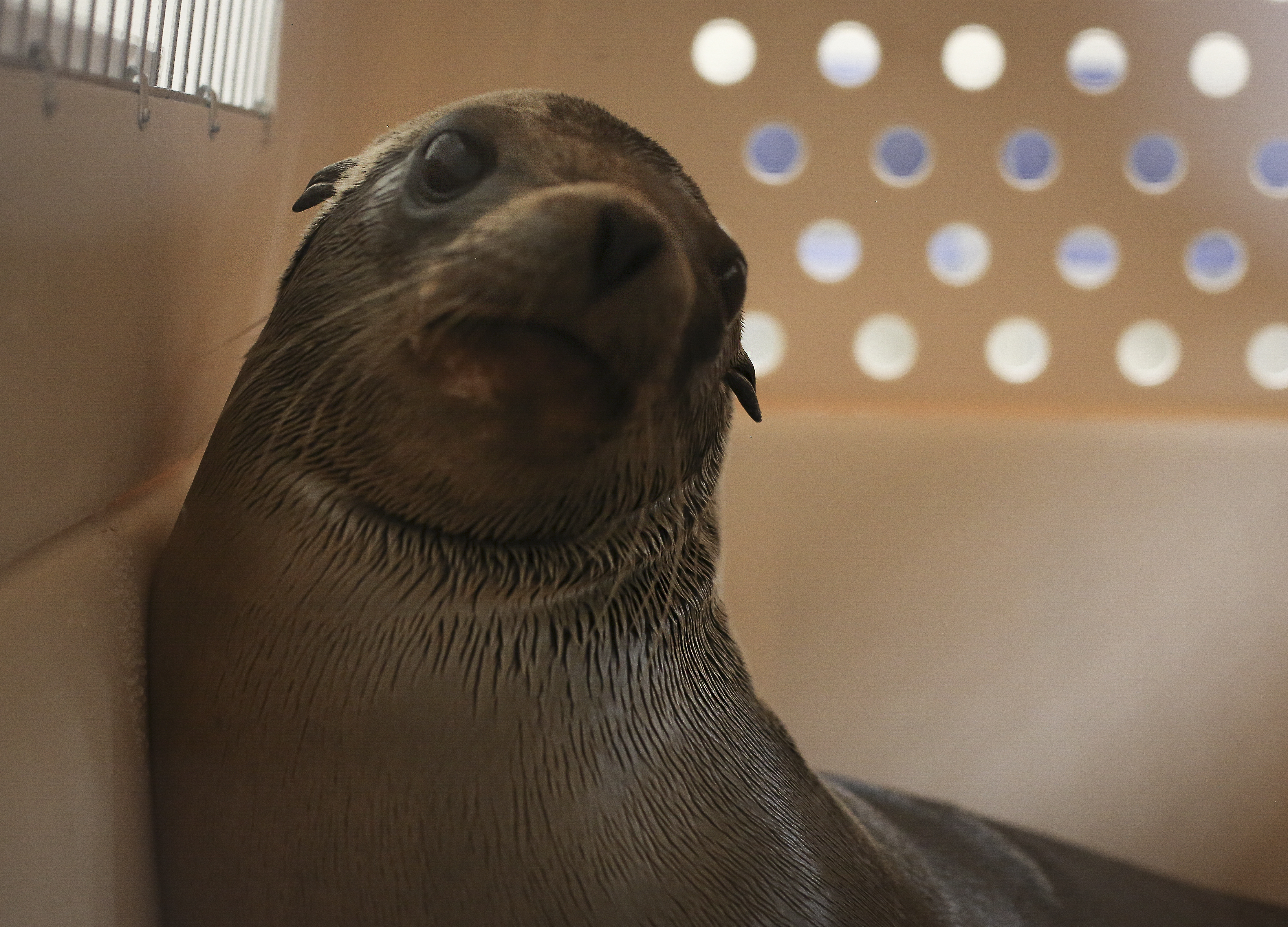
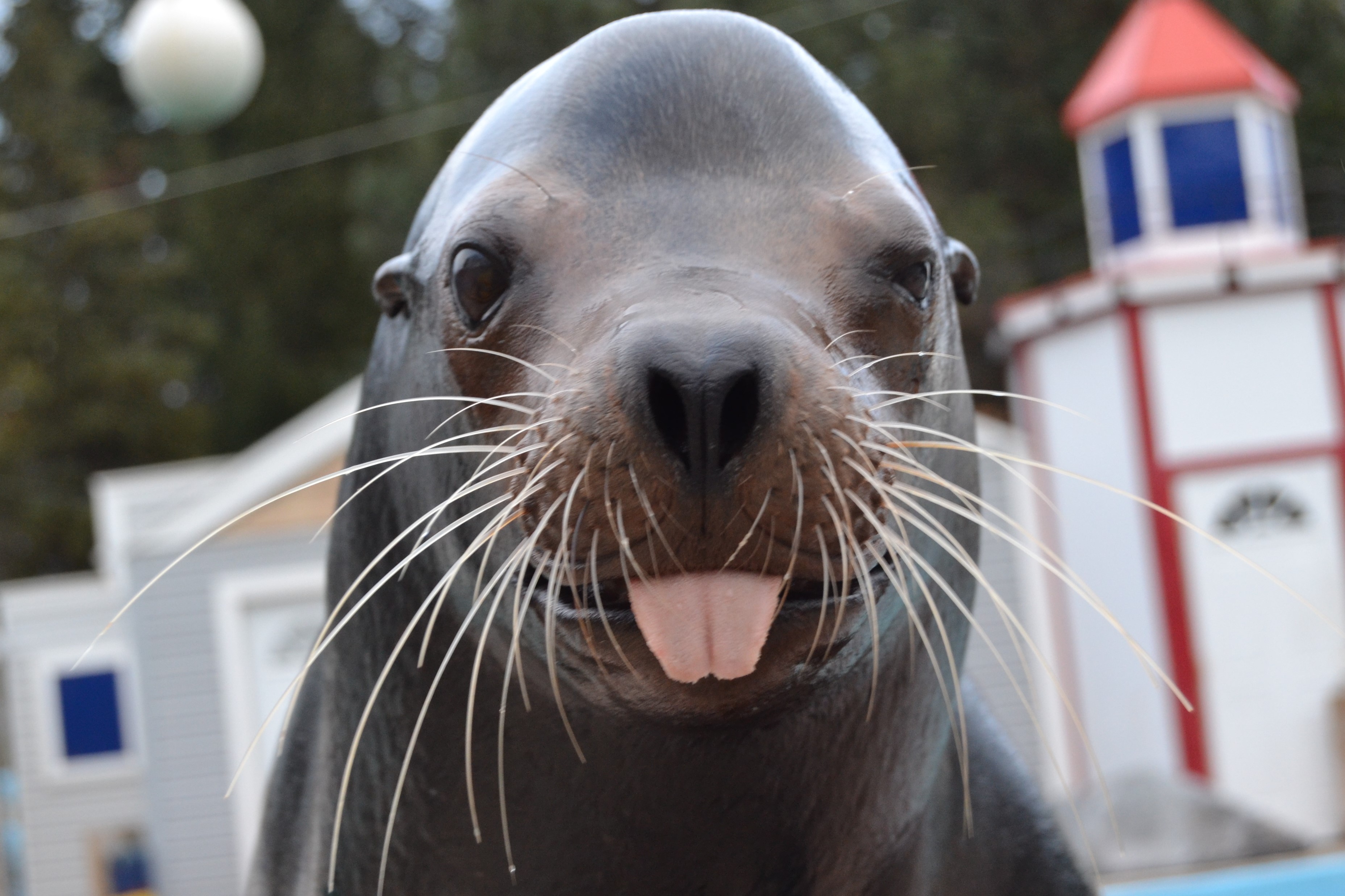
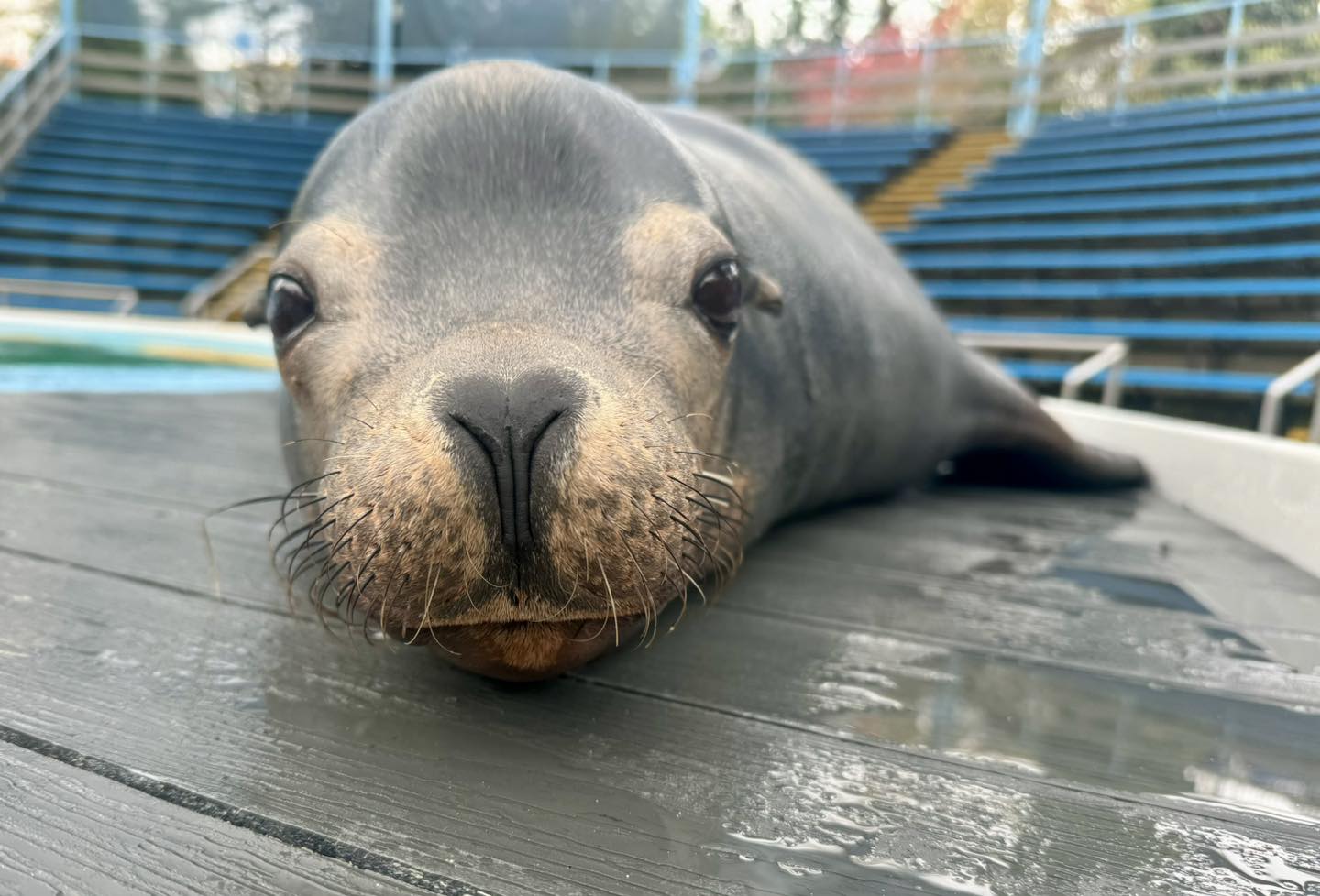 Meet Ripley!
Meet Ripley!

